Discover More Topic Guides

Health
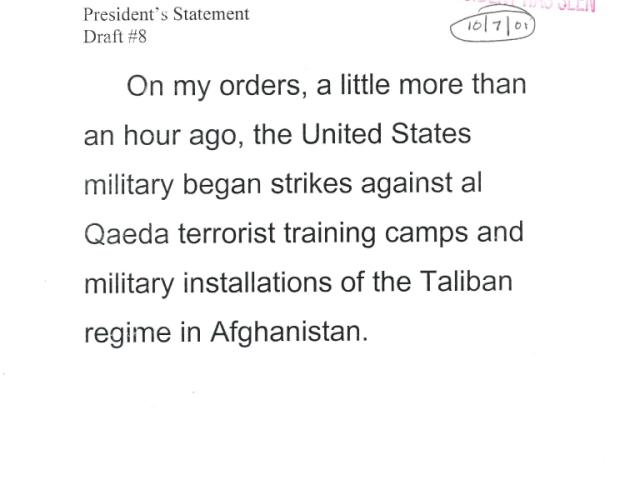
The War In Afghanistan
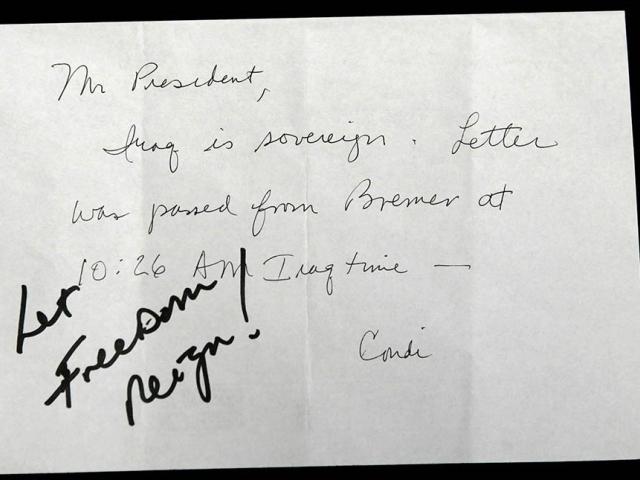
The Iraq War
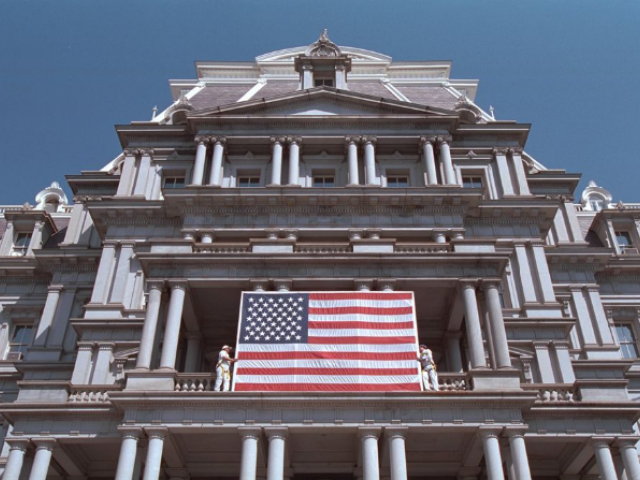
Executive Office of the President
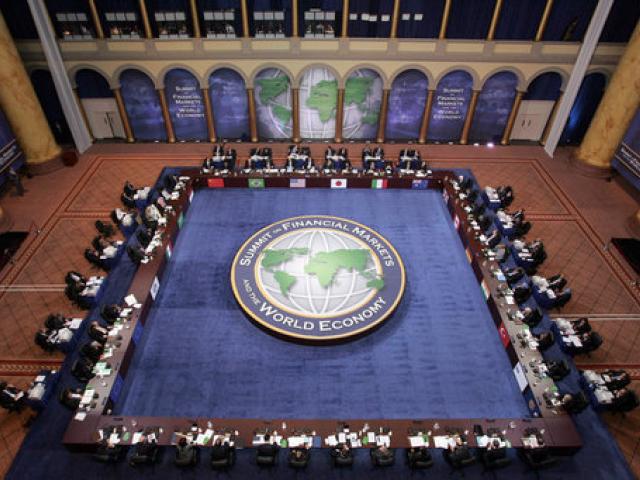
International Trade
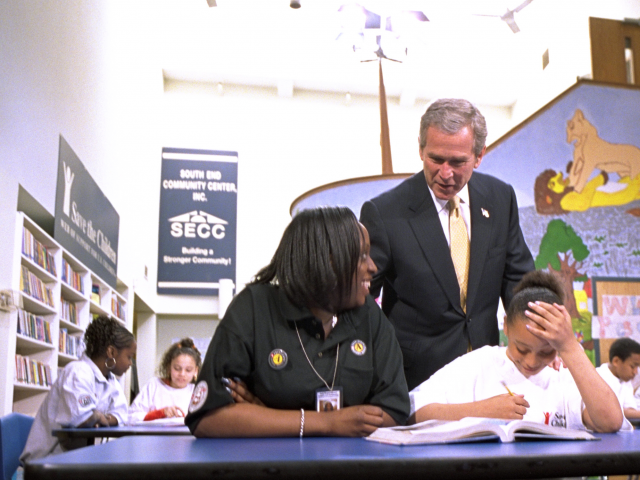
For a guide of the archival records that are open for research, please download the Archival Research Guide:
By the time President George W. Bush assumed office as the forty-third president of the United States in January 2001, environmental policy had become a critical feature of the American political landscape. President Bush took significant actions in the field of conservation. He committed the country to reducing emissions of greenhouse gases, compounds that scientists linked to climate change. He protected wetlands and forests, as well as promoting alternative fuel sources such as electric or hybrid vehicles. To protect America’s landscape, President Bush strengthened farm conservation and allocated funds for the maintenance of National Parks.
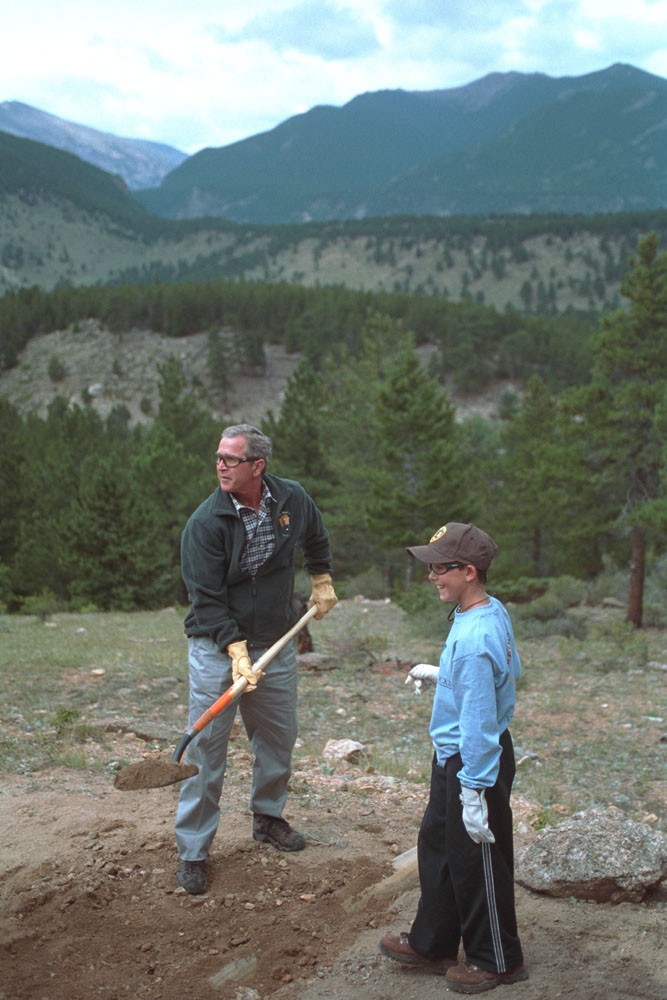
During his administration, President Bush linked environmental stewardship to economic growth. In some cases, this entailed opening sections of undeveloped land to mining, oil drilling, and other forms of extraction. Critics charged that the President prioritized economic development over the environment, removing regulations to allow developers greater access to natural resources, such as pushing for oil drilling in the Arctic National Wildlife Refuge. President Bush decided not to have the United States adopt the Kyoto Protocols. The President’s opponents accused him of weakening environmental protections and regulations, as well as minimizing scientific information showing an acceleration in global warming.
To clean the air, and to address climate change, we need to recognize that economic growth and environmental protection go hand in hand. Affluent societies are the ones that demand, and can therefore afford, the most environmental protection. Prosperity is what allows us to commit more and more resources to environmental protection. And in the coming decades, the world needs to develop and deploy billions of dollars of technologies that generate energy in cleaner ways. And we need strong economic growth to make that possible.
-- President George W. Bush, NOAA, February 14, 2002
Despite such criticisms, President Bush took significant steps to preserve America’s natural resources. On June 15, 2006, the president used the Antiquities Act to establish the Northwestern Hawaiian Islands National Monument, later called Papahānaumokuākea. The largest protected marine environment on Earth at the time of its establishment, Papahānaumokuākea Marine National Monument protects nearly 140,000 square miles in the Pacific Ocean around the Aloha State, including forms of marine life not found anywhere else on Earth.
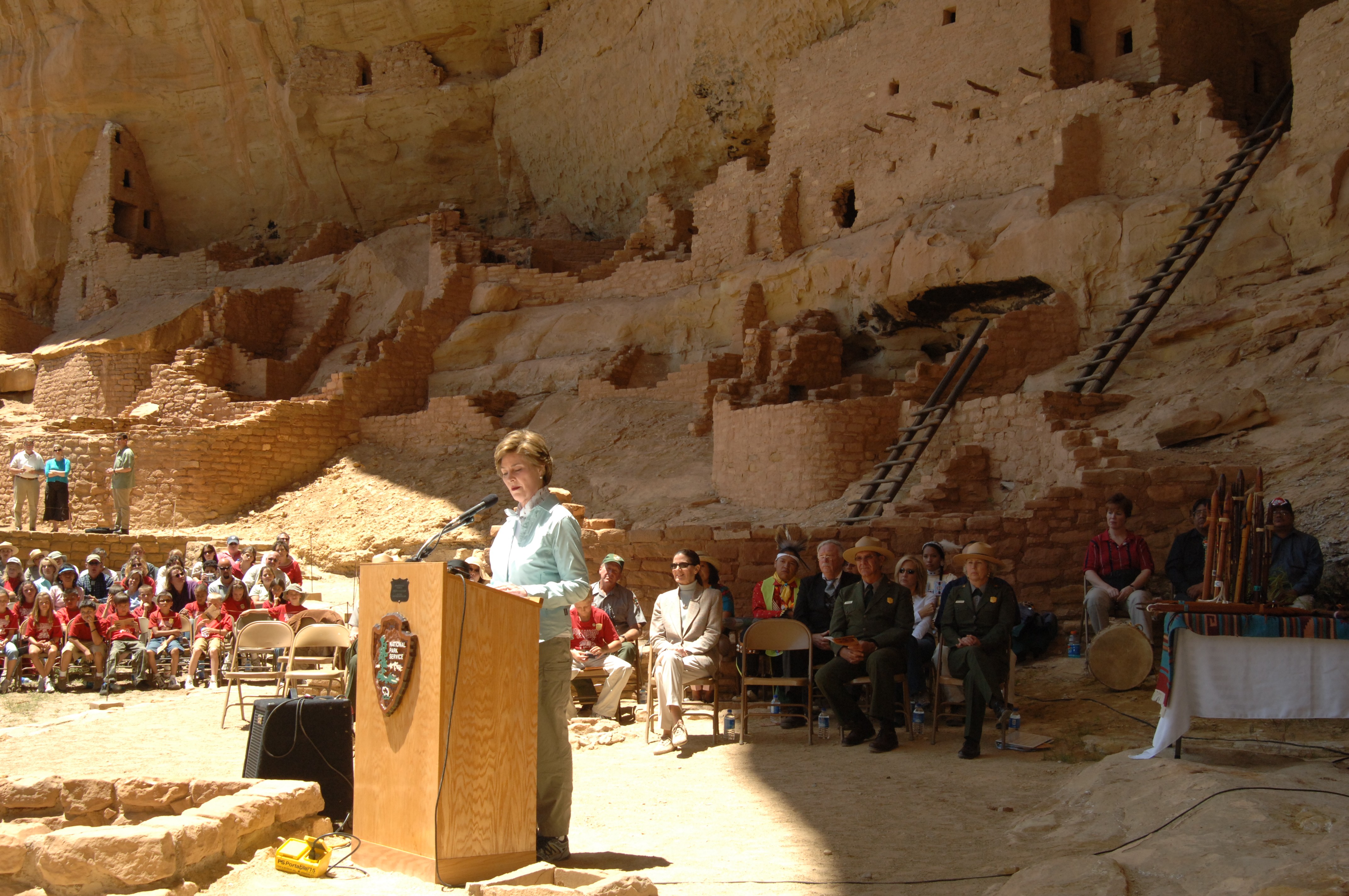
President Bush affirmed America’s commitment to environmental protections on January 6, 2009, when he created the Marianas Trench Marine National Monument, the Pacific Remote Islands Marine National Monuments, and the Rose Atoll Marine National Monument in American Samoa. In addition to environmental stewardship, President Bush created these areas to support military training and free navigation of the high seas.
The following carefully selected resources, some of which are from the George W. Bush Presidential Library, provide further information about the Environmental Policy.
Protecting Our Nation's Environment
Clear Skies Initiative Summary
Global Climate Change Policy Book
Fact Sheet: Key Bush Environmental Accomplishments
Fact Sheet: Reducing the Threat of Catastrophic Wildfires and Improving Forest Health
Additional press releases, Presidential Messages and Statements, and more from 2001 - 2009 are available through the Archived White House Website.





